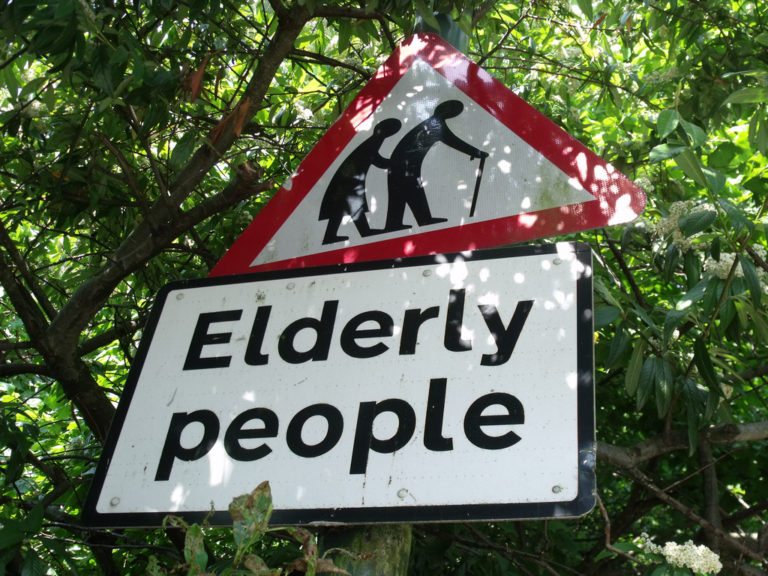England’s National Health Service introduced regional trauma networks in 2012. Under the new system, 26 hospitals were designated as Major Trauma Centres (MTCs). At one hospital, becoming an MTC has led to care delays and higher complication rates for elderly hip fracture patients.
The results were published in a recent paper in Injury, the official journal of the British Trauma Society. A retrospective study examined patients age 60 and older who received care at Addenbrooke’s Hospital (Cambridge) during the year before and the year after the hospital’s April 2012 designation as an MTC. The pre-MTC group included 381 fractures and the post-MTC group included 460 fractures.
Patient outcomes differed significantly in several key outcomes:
- Median time-to-surgery for elderly hip fracture patients was 6 hours longer after the hospital became a trauma center (25.5 hours pre-MTC versus 31.5 hours post-MTC). Much of the increase in time-to-surgery was due to problems accessing the OR. Lack of OR availability caused 60.5% of delayed surgeries (more than 36 hours after admission) in the pre-MTC group, but 75% of delayed surgeries in the post-MTC group.
- Post-operative medical complications were significantly higher for hip fracture patients following the hospital’s trauma center designation (29.7% versus 37.6%). Pressure ulcers were 3.3% more common and chest infections increased 5.5%. The increase in medical complications could be due to prolonged immobility resulting from OR delays.
- Mortality was unchanged overall, but 30-day mortality increased from 4.7% to 8.0%. “Of particular note, 5.6% of those who died at 30 days in the pre-MTC group had been delayed beyond 36 hours due to lack of theatre capacity whereas this increased to 29.7% in the post-MTC group,” according to the paper.
Parallel care pathways
The authors of the paper suggest that care delays were caused by competition for OR time between hip fracture patients and other severely injured patients. The study underscores the need for parallel trauma care pathways for different patient groups.
In November 2013, clinical leaders at Addenbrooke created a multi-disciplinary Hip Fracture Steering Committee to create a stronger care pathway for hip fracture patients, according to the paper. The hospital also set aside dedicated OR time for hip fracture cases. In addition, the hospital has educated staff on guidelines for the pre-operative optimization of hip fracture patients.
The authors recommend creating a multi-disciplinary team to provide comprehensive management of this patient group. In addition to orthogeriatricians and orthopedic surgeons, a complete hip fracture team should include anesthetists, specialist nurses, trauma coordinators and hospital managers.
Since the introduction of these changes, speed-to-care and outcome measures for hip fracture patients appear to have returned to previous levels. For patients with femoral neck fractures, the mean time from admission to surgery has decreased to 23.84 hours, according to the paper. And early data show that 30-day mortality has declined to 5.26%.

